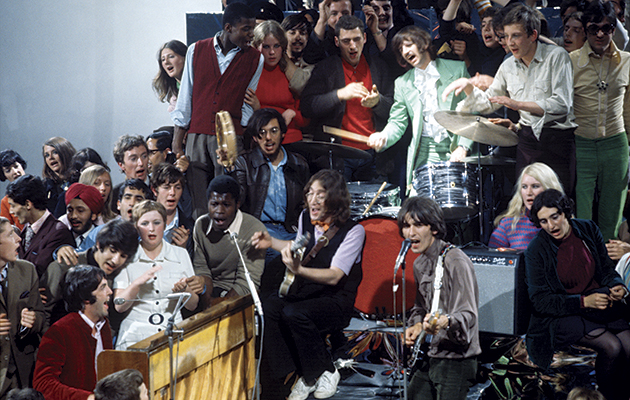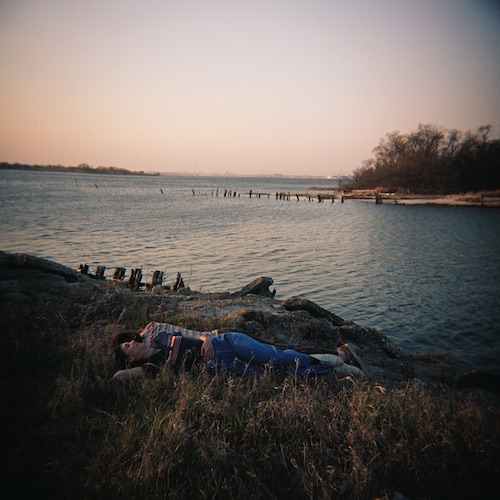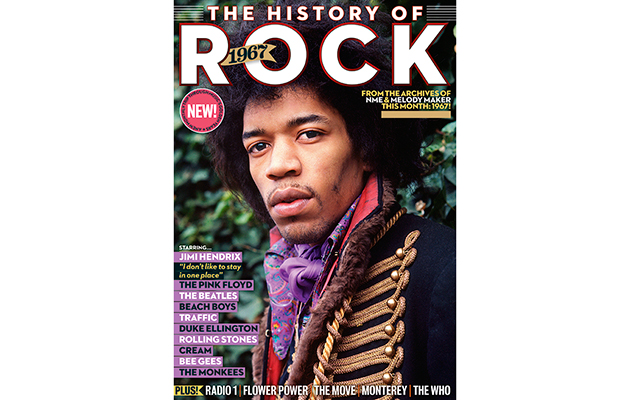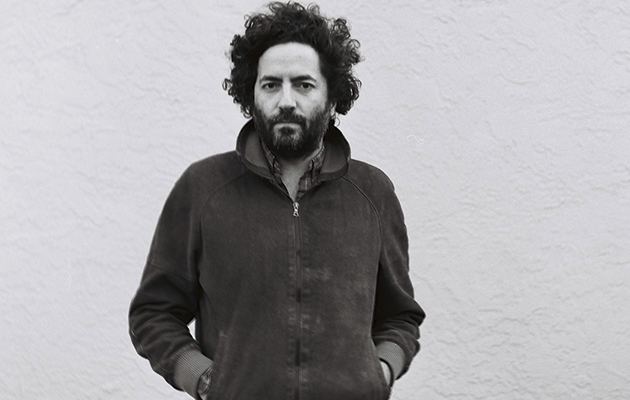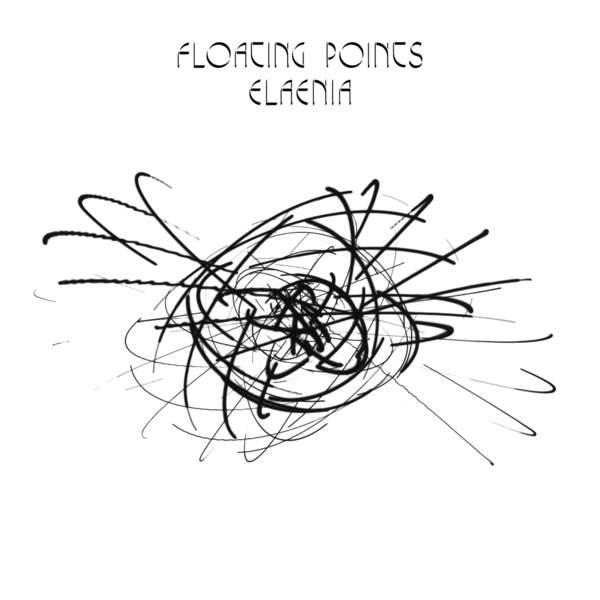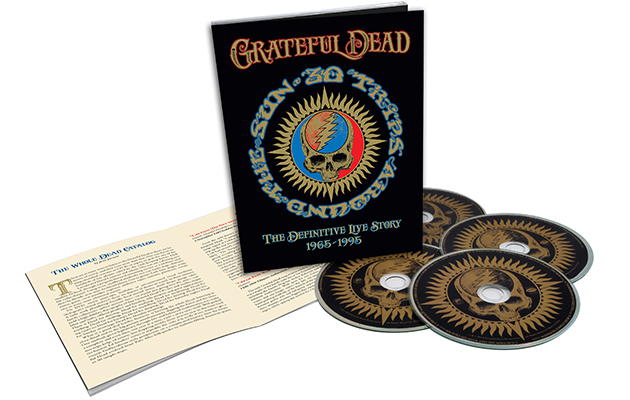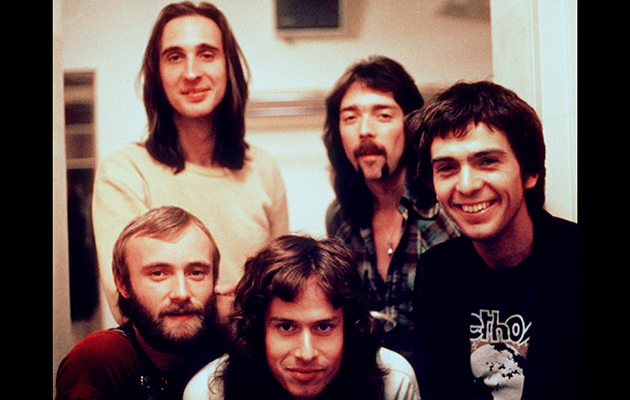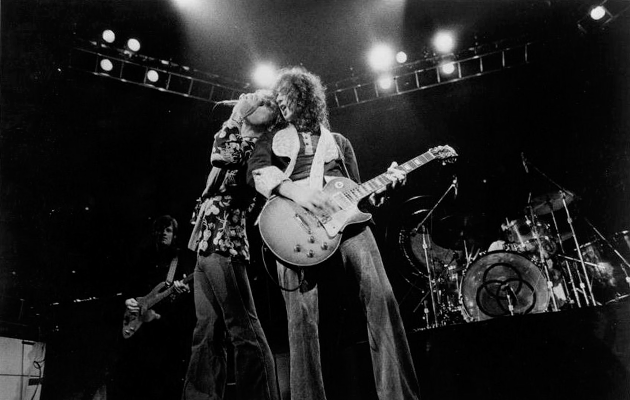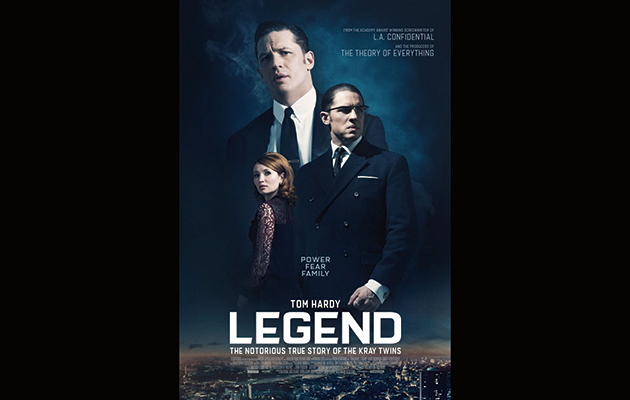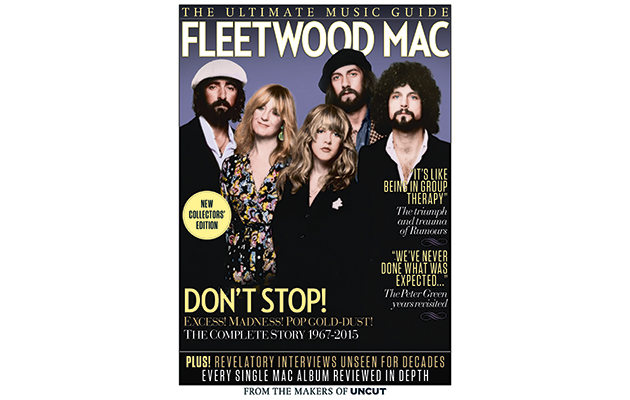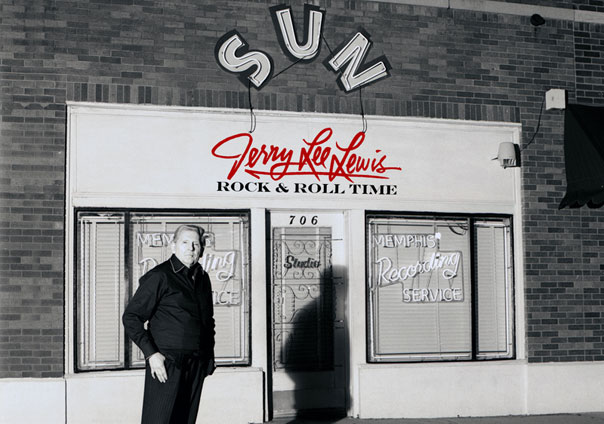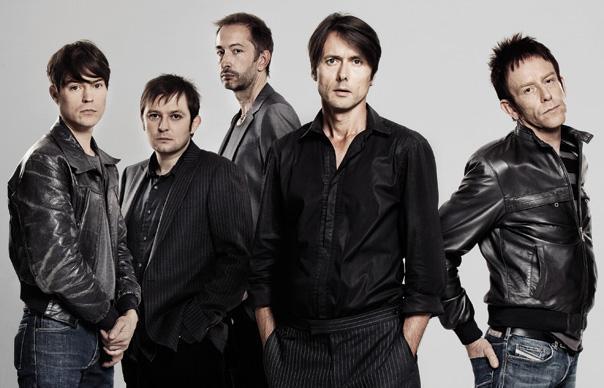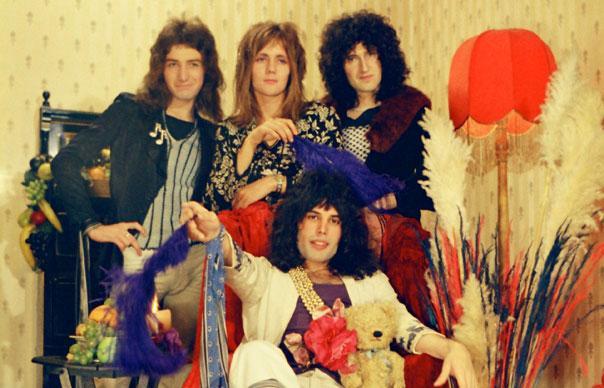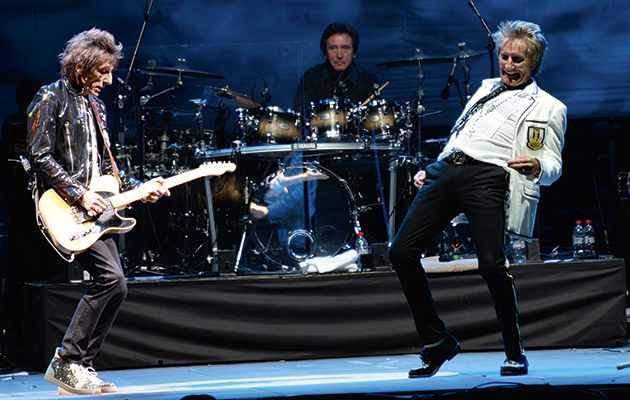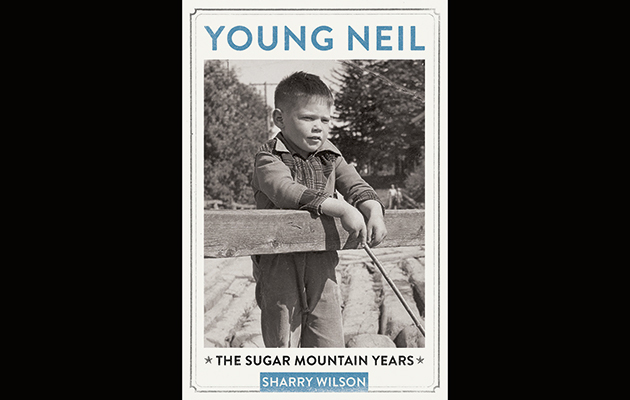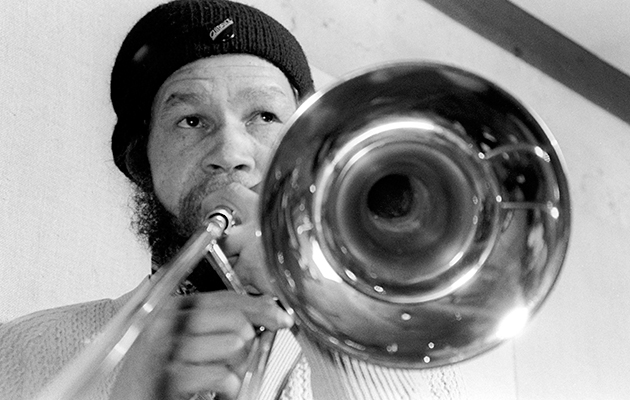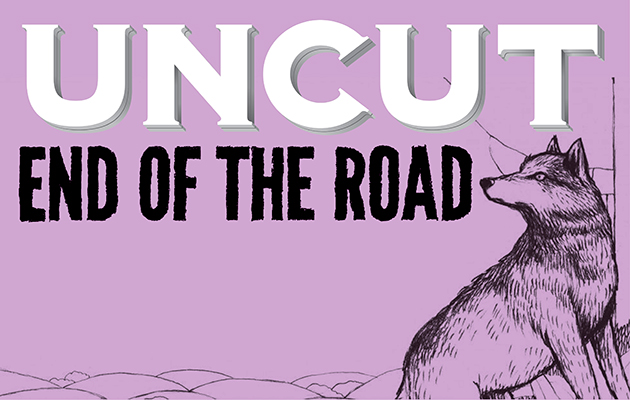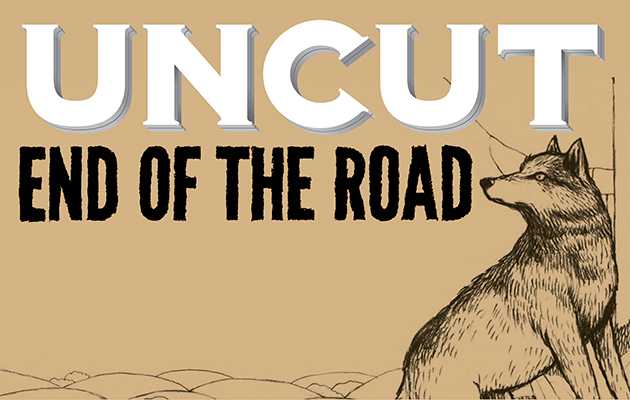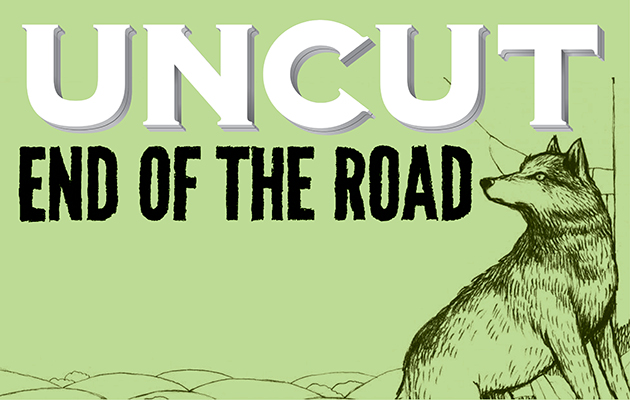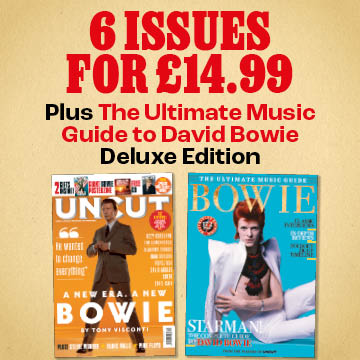Paul McCartney has spoken exclusively to Uncut about the forthcoming new edition of The Beatles 1.
McCartney – who is on the cover of the month’s issue of Uncut – gives us a sneak peek at what to expect from his former band’s latest release.
The Beatles 1+ compiles 50 promotional films and videos. These ‘mini movies’ were recorded by the band after the stopped touring and gave fans around the world the chance to see The Beatles at work and play.
As McCartney explains, some of the promotional material was recorded purely by chance.
“We’ve got all visuals associated with the hits on the album, 1,” he tells us. “All the music videos, and where there isn’t a music video – they’ve made some up! Which is brilliant. They’ve found footage.”
“‘Hey, Bulldog’ is to die for, as my wife would say,” McCartney continues. “It’s great, because there happened to be a camera crew there filming The Beatles at EMI while we were doing ‘Lady Madonna’. They were going to film a little bit of that, but they stayed and we got onto ‘Hey, Bulldog’. It’s great, and it all fits with the record because they filmed the take we used.”
Essentially a restored and expanded update of The Beatles’ 1 compilation from 2000, the 200-minute The Beatles 1+ includes the band’s 27 No 1 singles, with the restored videos, along with a second disc of 23 videos, including alternate versions, as well as rarely seen and newly restored films and videos; all include new audio mixes in deluxe CD/2DVD and CD/2Blu-ray packages. The original 27-track audio CD is also being made available with new stereo mixes.
They will be released on November 6 by Apple Corps Ltd/UMG.
A 2LP, 180-gram vinyl package will follow.
The footage was scanned in high-def 4K and the audio restored from the original analogue tapes at Abbey Road Studios by Giles Martin.
McCartney and Ringo Starr have provided exclusive audio commentary and filmed introductions respectively.
The Beatles 1 [CD; DVD; Blu-ray; CD/DVD; CD/Blu-ray]
DISC 1 AUDIO (CD) + DISC 1 VIDEO (DVD or Blu-ray)
1. Love Me Do
2. From Me To You
3. She Loves You
4. I Want To Hold Your Hand
5. Can’t Buy Me Love
6. A Hard Day’s Night
7. I Feel Fine
8. Eight Days a Week
9. Ticket To Ride
10. Help!
11. Yesterday
12. Day Tripper
13. We Can Work It Out
14. Paperback Writer
15. Yellow Submarine
16. Eleanor Rigby
17. Penny Lane
18. All You Need Is Love
19. Hello, Goodbye
20. Lady Madonna
21. Hey Jude
22. Get Back
23. The Ballad of John and Yoko
24. Something
25. Come Together
26. Let It Be
27. The Long and Winding Road
DISC 1 VIDEO EXTRAS
Paul McCartney audio commentary
Penny Lane
Hello, Goodbye
Hey Jude
Ringo Starr filmed introductions
Penny Lane
Hello, Goodbye
Hey Jude
Get Back
The Beatles 1+ (CD/2DVD; CD/2Blu-ray]
DISC 1 AUDIO (CD) + DISC 1 VIDEO (DVD or Blu-ray)
(same as above)
DISC 2 VIDEO (DVD or Blu-ray)
1. Twist & Shout
2. Baby It’s You
3. Words Of Love
4. Please Please Me
5. I Feel Fine
6. Day Tripper *
7. Day Tripper *
8. We Can Work It Out *
9. Paperback Writer *
10. Rain *
11. Rain *
12. Strawberry Fields Forever
13. Within You Without You/Tomorrow Never Knows
14. A Day In The Life
15. Hello, Goodbye *
16. Hello, Goodbye *
17. Hey Bulldog
18. Hey Jude *
19. Revolution
20. Get Back *
21. Don’t Let Me Down
22. Free As A Bird
23. Real Love
DISC 2 VIDEO EXTRA
Paul McCartney audio commentary
Strawberry Fields Forever
* alternate version
You can pre-order the 1 CD by clicking here.
You can pre-order the 1 DVD by clicking here.
You can pre-order the 1 Blu-ray by clicking here.
You can pre-order the 1 CD/DVD by clicking here.
You can pre-order the 1 CD/Blu-ray by clicking here.
You can pre-order the 1 deluxe CD/2 DVD by clicking here.
You can pre-order the 1 deluxe CD/2 Blu-ray by clicking here.
The History Of Rock – a brand new monthly magazine from the makers of Uncut – a brand new monthly magazine from the makers of Uncut – is now on sale in the UK. Click here for more details.
Uncut: the spiritual home of great rock music.


